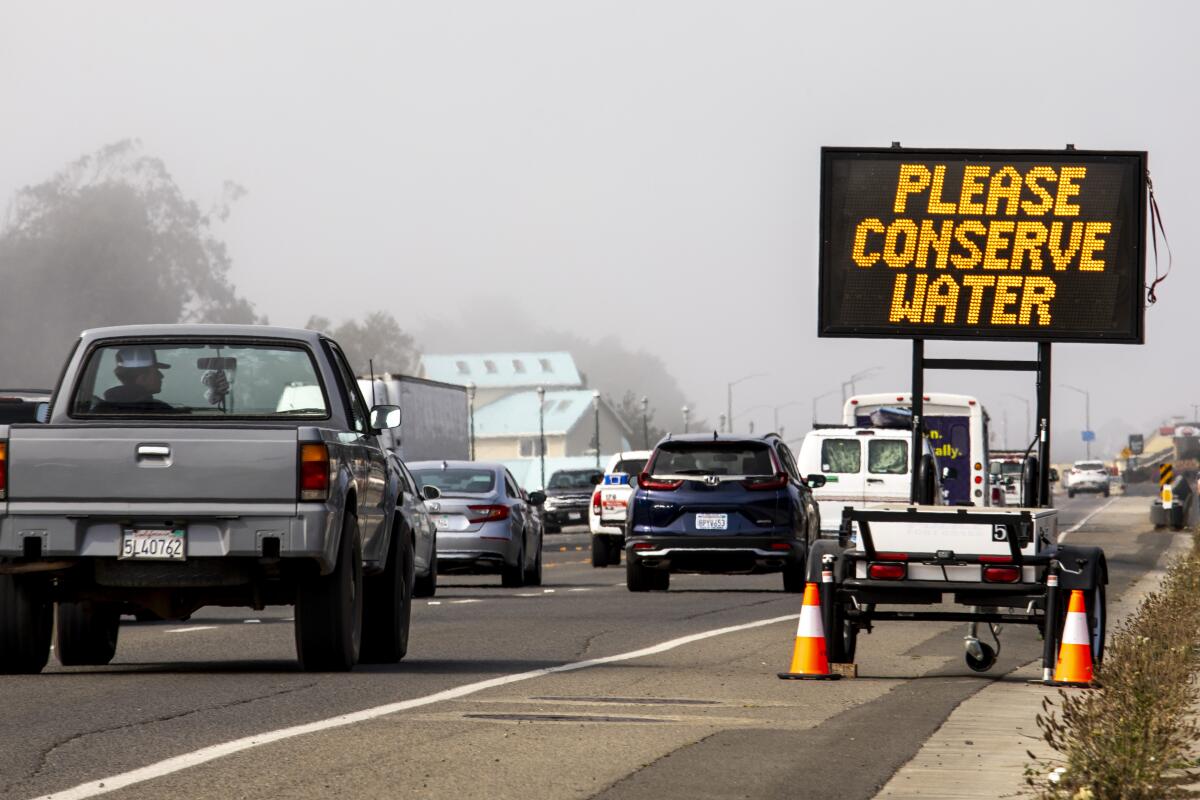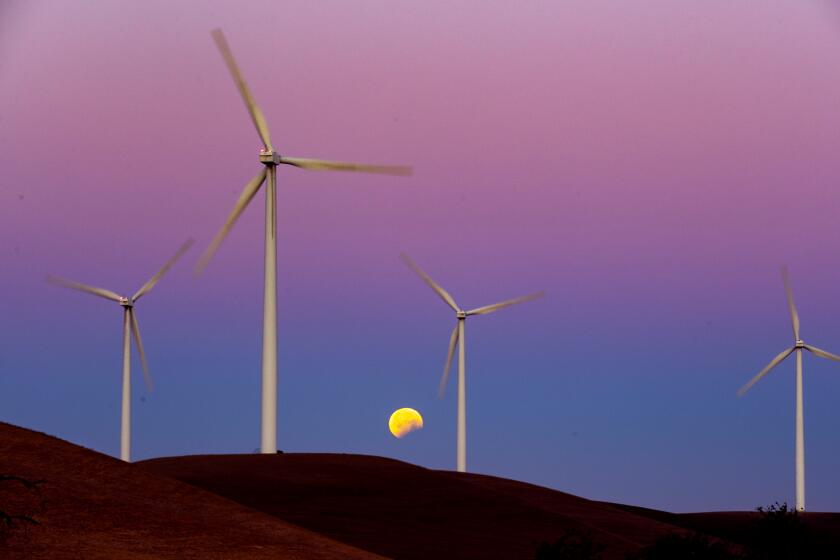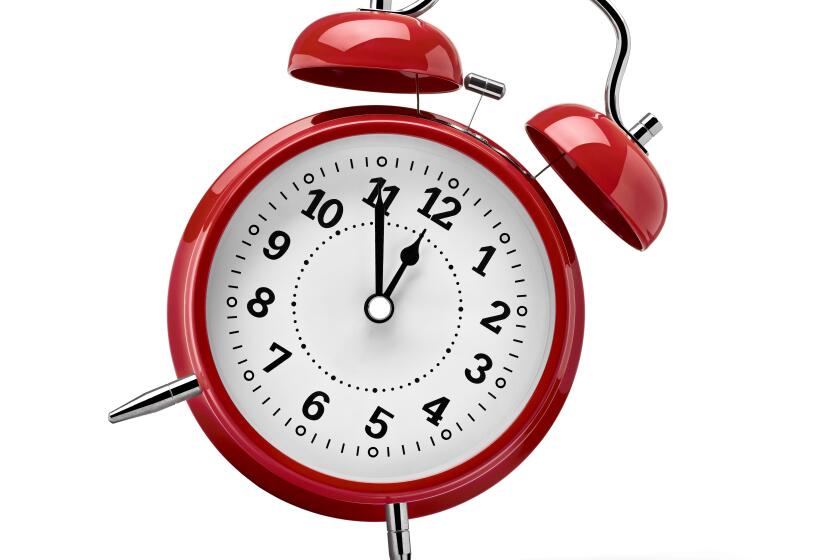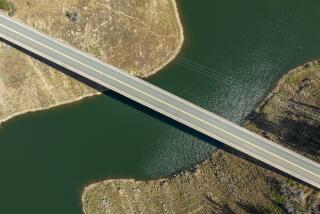Editorial: California’s drought response isn’t working. It’s time to order cuts in water use.

- Share via
California is in year three of a worsening drought and the situation is growing dire. After a wet and snowy December, California experienced its driest January and February on record. More than 93% of the state is now suffering “severe” or “extreme” drought, compared with 66% last month, according to the U.S. Drought Monitor. Sierra Nevada snowpack has dropped to 55% of normal for this time of year and reservoirs are depleted.
Gov. Gavin Newsom in July called for Californians to voluntarily reduce water use by 15% compared with 2020 levels, but the state has cut back by only about 6.5%. In January, urban water use increased by 2.6%, compared with the same month in 2020, heading in the wrong direction even as the drought deepens.
It should be clear by now that the governor’s voluntary pleas are not working.
Banning U.S. imports of Russian oil shows the inherent danger in our reliance on fossil fuels. The solution: Dramatically accelerate renewable energy.
Water experts say California should have already moved to impose mandatory restrictions. But Newsom still hasn’t ordered them.
What is he waiting for?
Forecasters are predicting drier-than-average conditions to persist across much of California for the next two weeks, making it increasingly likely that California will experience its driest January-February-March stretch on record. Even more meager snowpack numbers are expected at an upcoming April 1 snow survey that typically records the year’s peak levels.
Imposing conservation mandates now, just as outdoor water use starts to ramp up for the spring and summer, would force water suppliers to enact restrictions on lawn watering or bolster incentives for efficient appliances and fixtures, and drought-friendly landscaping. It would also send a clear message to Californians who are understandably distracted by other crises and may be unaware of the severity of this drought. Though this dry spell is as bad, if not worse, than the 2012-16 drought, it has not garnered the same type of heavy media coverage (which, by the way, has been linked to reductions in residential water use).
The U.S. Senate voted quickly and unanimously to make daylight saving time the only time. Now the House and President Biden should endorse the end to the clock-changing madness.
“Unless we really put mandatory restrictions and get these utilities to actually deal with this in a more systematic way, I doubt we’re going to see tons more conservation,” said Newsha Ajami, a water expert and researcher at Lawrence Berkeley National Laboratory.
Past experience shows that the earlier government takes action to conserve water, the better, Ajami said, and that could prove fateful if this drought persists through next winter and spring, and communities start running out of water.
The dryness we are experiencing is California’s new reality under climate change. Global warming has fundamentally changed the water cycle, as rising temperatures intensify climate extremes and amplify the state’s boom-bust swings between having too much precipitation and not enough.
While this drought is another environmental crisis to deal with, it is also an opportunity to make lasting changes to reflect our altered climate. To rip out thirsty and wasteful turf lawns and replace them with water-sipping native landscaping, change out inefficient appliances and to capture stormwater to recharge aquifers.
Under legislation adopted in 2018, California regulators are working on long-term standards for making water conservation a way of life as climate change brings more persistent and frequent drought. But people need to be jolted into action now, especially to curtail outdoor watering that accounts for as much as half of urban use. Agriculture uses about 80% of all the water used in California, and more must also be done to reduce its usage while limiting groundwater pumping that depletes aquifers.
Alex Stack, a spokesperson for Newsom, would not say whether the governor would issue a mandatory water conservation order, but pointed to $22.5 million in new state drought response funding announced earlier this month, including more than $8 million for “targeted outreach efforts to educate Californians on water conservation measures and practices.”
It’s a little late to start gearing up the water-saving tips. And while better messaging is clearly needed, it’s not enough.
Mandates are what helped get California through the punishing 2012-16 drought. It was at a dismal snow survey in April 2015 that then-Gov. Jerry Brown ordered California’s first statewide mandatory water restrictions. His directive to cut urban water use by 25% put in motion a series of emergency regulations that, while at times controversial, were largely effective. Californians got close to meeting Brown’s 25% reduction order. And while the state’s rules were lifted after the winter of 2017 brought massive storms, some of those water-saving habits stuck around.
California is better positioned to respond this time around because of what regulators have learned from that experience. They know what works, what they can be flexible on, and they have more data to help tailor their rules and make them as focused and effective as possible.
Last year, Newsom may have been reluctant to order unpopular curbs on water because he was facing a September recall election. Sticking with that hands-off approach this year may be coming out of a desire not to burden Californians with another government mandate after two years of COVID-19 restrictions and at a moment when inflation, high gas prices and war in Ukraine are more top of mind than the drought. That’s understandable, but Newsom and California gain nothing by failing to act aggressively now to save water.
Conditions have clearly worsened in the five months since Newsom declared a statewide drought emergency. It’s time for him to take the next step and impose mandatory water restrictions.
More to Read
A cure for the common opinion
Get thought-provoking perspectives with our weekly newsletter.
You may occasionally receive promotional content from the Los Angeles Times.











